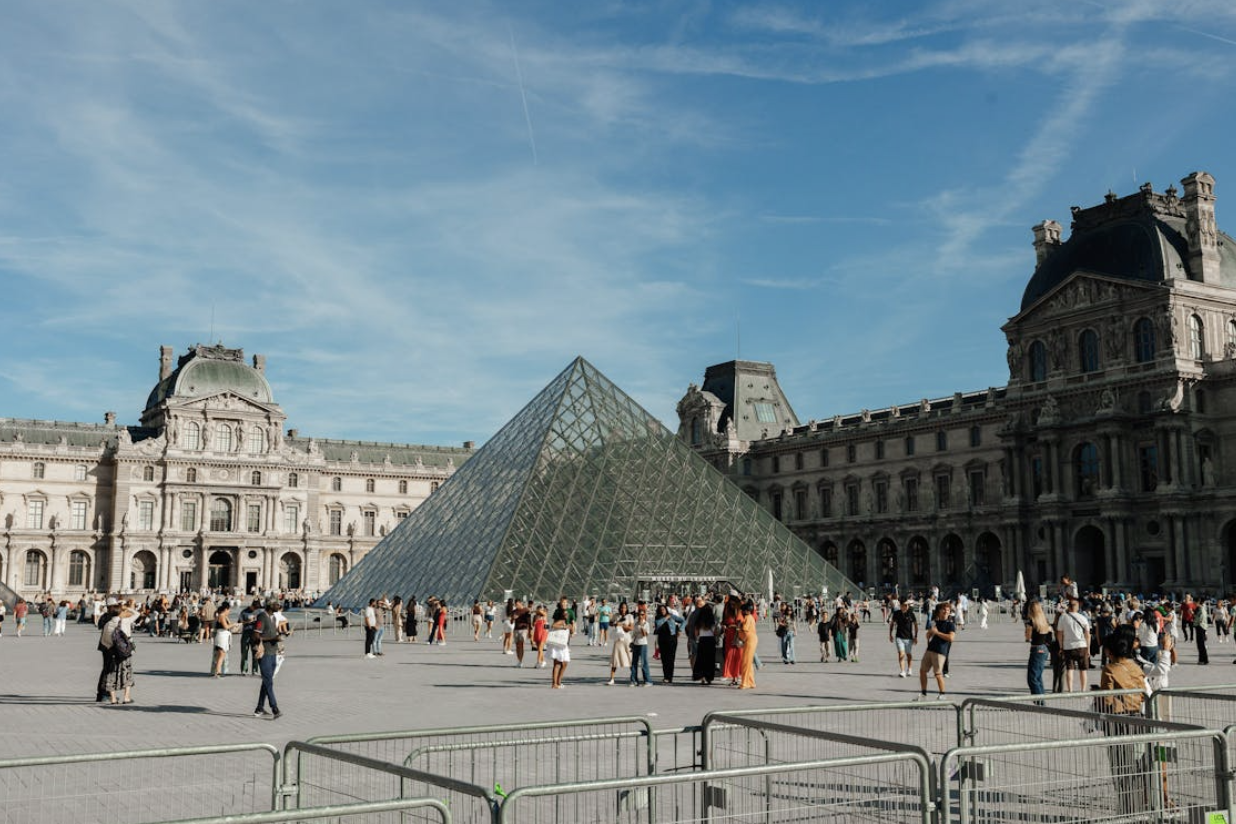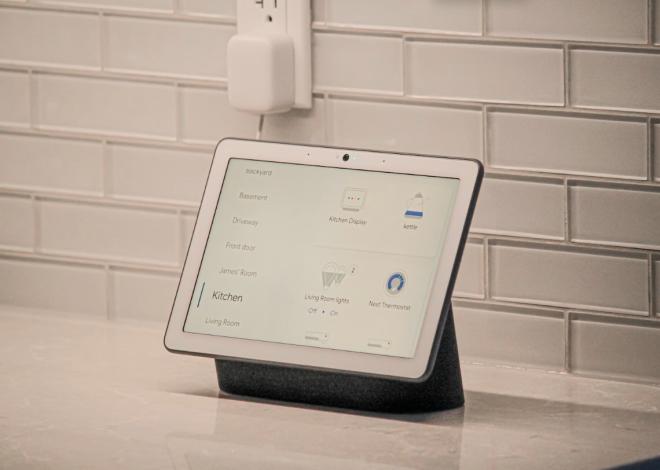
How Technology Has Been Integrated Into Historical Landmarks
Modern technology has changed how we interact with and preserve historical landmarks. For centuries, conservation relied on manual labour, hand-drawn plans and physical restoration, which were often slow and prone to human error. We can now use digital tools to make processes faster and more accurate. It also opens up new possibilities for documenting and experiencing the past. This technological revolution has become an essential part of safeguarding our shared heritage and environmental decay to some of the world’s most precious structures.
These historical buildings have never been more accessible to a global audience through virtual reality tours and online archives, democratising knowledge that used to be confined to physical locations. It’s allowed a new experience for those around the world to see historical landmarks like never before. This guide will explore this and more, so continue reading to find out how technology has been integrated into historical landmarks.
Technology in Historical Landmarks
3D Scanning and Photogrammetry
Instead of relying on manual measurements, modern conservationists are now using advanced techniques like 3D scanning and photogrammetry to capture the intricate details of historical sites. High-resolution cameras can quickly gather millions of data points and images, building a precise and accurate 3D digital twin of a monument. This digital replica is a highly dynamic, measurable model that helps researchers by giving them a blueprint for any future restoration work, ensuring that preservation efforts are both precise and non-invasive.
3D scanning equipment includes Laser Scanners and Structured Light Scanners, which use light to capture geometry and contact scanners that use a physical probe. Photogrammetry is a separate technique that uses standard digital cameras to create 3D models from multiple overlapping photos and can be further improved with the use of tripods and specialised lenses.
Geographic Information Systems (GIS)
Geographic Information Systems (GIS) have become an invaluable tool for getting a deeper look into a historical site. Rather than studying a location with isolated maps and field notes, GIS technology allows them to build a comprehensive digital model. By layering disparate datasets researchers can visualise how a site has changed over time. This ability to see the interplay between human activity and the natural world in an accurate map gives you a clearer understanding of a site’s history and its place within the broader landscape.
GIS applications vary across industries with software types including commercial, open-source and web-based options used for mapping, analysis and decision-making.
Digital Archives
Scanning and digitising everything from fragile ancient manuscripts to detailed architectural blueprints can create permanent records of historical landmarks. This not only protects these structures from the irreversible decay of time and physical handling but also improves our access to knowledge.
Once they’re online, anyone in the world can study them, no matter where they live, which helps more people learn about the past. This is great for those who are currently studying about ancient landscapes and want to know more without visiting the sites in person.
Drone Monitoring
Drones have emerged as a transformative tool in the conservation of historical landmarks, as they are a huge upgrade from taking still images from a prone camera. They offer a non-invasive method for monitoring the health of these aging structures from every angle, without the risks and costs of traditional methods. Instead of setting up expensive and time-consuming scaffolding to check for damage on a towering spire or a crumbling facade, a drone can be flown with precision, capturing high-resolution images and even thermal data.
This level of detail allows conservators to spot hairline cracks, subtle changes in moisture or weak points in a building’s structure long before they become visible to the naked eye. It has allowed preservation quality that was previously impossible. Using drones is now a data-driven strategy to protect and preserve our global heritage.
Sensor Technology
Smart sensors are now being used in museums and historical buildings to protect the past. These sensors constantly check things like the temperature, humidity and even the amount of light in a room using IIOT technology. This data is gathered in real time by experts to make sure that priceless artifacts and documents are kept in the perfect environment. This helps prevent irreversible damage and having to pay for things like mould removal.
This technology was famously used to monitor the Leaning Tower of Pisa to provide crucial data that informed stabilisation efforts. Small movements can be caught early by engineers who can address structural issues before they become unfixable, as there have been structures of the past that have reached a state of no return.
AI and Data Analysis
AI is becoming a powerful technology for those who want to preserve historical landmarks. It can predict structural problems in a historical building long before they become visible to the human eye, enabling conservators to intervene at the right time. AI can also help digitally piece together fragments of a shattered artifact or fill in the missing parts of a famous painting, just like it did for Rembrandt’s “The Night Watch.”
AI-powered simulations allow experts to test different conservation strategies in a virtual environment. They can model the impact of a specific repair, a seismic event or climate change on a building without risking any actual damage.
Modern Machinery
Modern machinery, such as scissor lift hire, has changed the often dangerous work of restoring historical landmarks. Time-consuming scaffolding is still used to access high areas like ornate facades, vaulted ceilings or towering spires but plant hire and powered access machinery has improved this process.
With their stable and adjustable platforms, scissor lifts allow a single conservator to reach a specific point of a building with minimal disruption. Builders can now conduct a high-resolution drone inspection without a semi-permanent structure attached to the historic landmark, so it no longer looks ugly while under construction.
Interactive Exhibits
Interactive exhibits are revolutionising how people experience historical landmarks, turning it into an engaging journey rather than just a visit. Visitors can now actively participate in history using technology like touchscreens, augmented reality (AR) and motion-activated displays. This has allowed landmarks to become a more personalised experience for everyone that makes the trip to see them.
One of the most impressive ways this technology has been used is by pointing your phone at a ruined wall and seeing what it looked like long ago, giving you full insight into how the structure has changed over the years. This is something that people thought would never be possible a few decades ago. This makes the history of a place feel alive and immediate.

